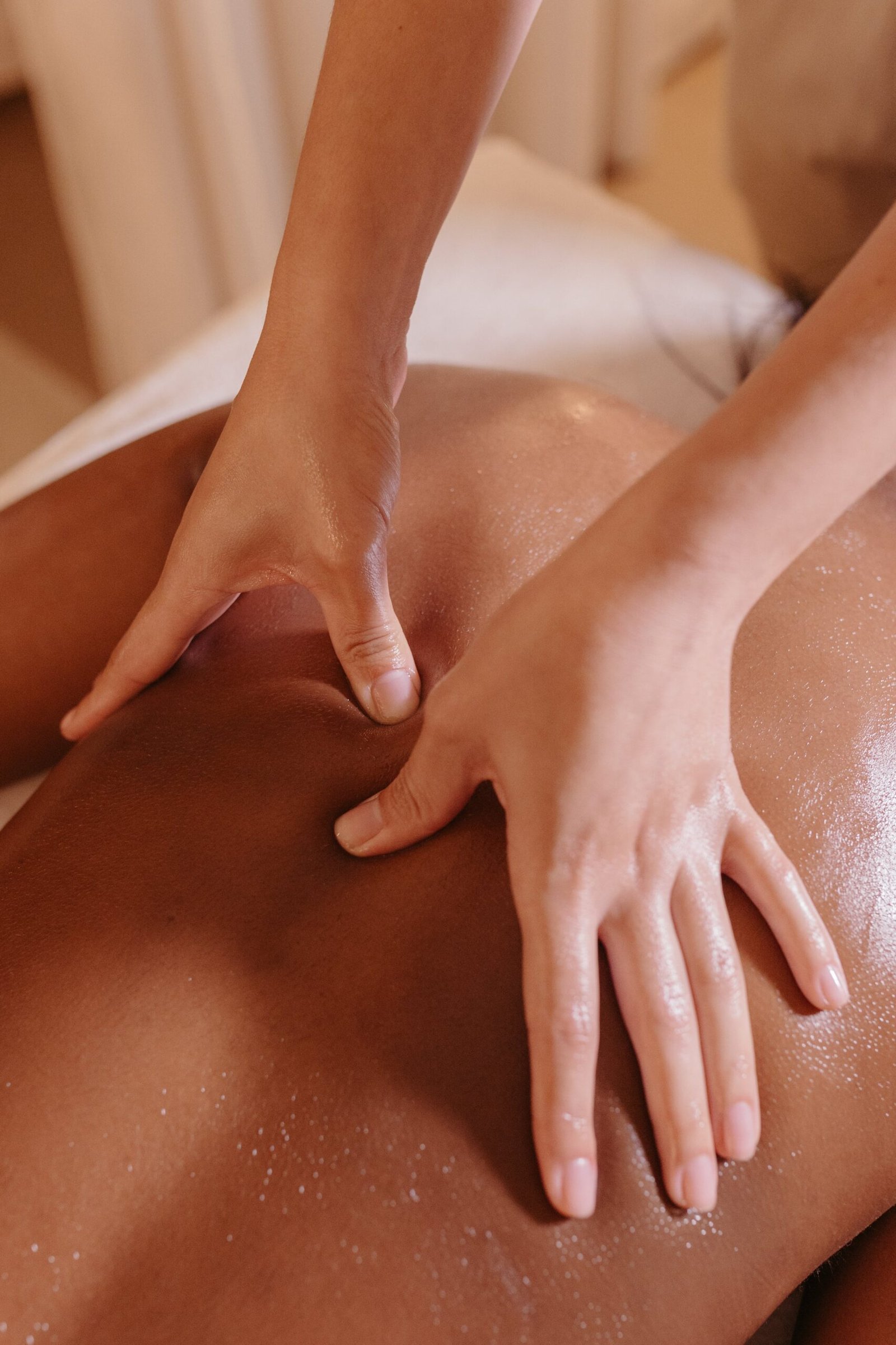
Are you tired of that nagging lower back pain that makes it difficult to find relief, especially when you lie down? Well, fret no more! In this article, we will share with you 7 essential stretches that are specifically designed to target and alleviate lower back pain. Whether you’re experiencing discomfort from sitting for long periods or dealing with muscle tightness, these stretches will help provide the much-needed relief you’ve been searching for. Say goodbye to restless nights and hello to a pain-free back!
7 Essential Stretches to Relieve Lower Back Pain

Stretching Before Bedtime
Do you find that your lower back pain worsens when you lie down? Stretching before bedtime can help alleviate this discomfort and promote better sleep. One simple stretch you can try is the knee-to-chest stretch. Lie on your back with your knees bent and feet flat on the floor. Slowly bring one knee towards your chest, holding it with your hands or arms. Hold this stretch for 15-30 seconds and then switch legs. This stretch helps release tension in the lower back and can provide immediate relief.
Stretching in the Morning
Starting your day with a few simple stretches can help loosen up your lower back and prepare your body for the tasks ahead. One effective stretch is the cat-camel stretch. Get down on all fours, with your hands directly beneath your shoulders and your knees beneath your hips. Slowly arch your back upwards like a cat, and then lower it down, creating a curve in your spine like a camel. Repeat this movement 10-15 times. Stretching in the morning not only helps reduce lower back pain but can also improve your overall flexibility throughout the day.

Stretching During the Day
If you spend a significant amount of time sitting at a desk or engaging in activities that contribute to lower back pain, incorporating stretches throughout the day can provide relief and prevent further discomfort. One stretch to try is the seated forward bend. Sit on the edge of a chair with your feet flat on the ground. Slowly bend forward at your hips, reaching your hands towards your feet or the floor. Hold this stretch for 30 seconds and then slowly come back up. This stretch helps stretch the hamstrings and decompresses the spine, relieving lower back pain caused by prolonged sitting.
Using a Foam Roller
Foam rolling can be a fantastic tool for targeting and relieving lower back pain. Lie on your back with a foam roller beneath your lower back. Slowly roll your body up and down, allowing the foam roller to massage and release tension in your muscles. You can also rotate slightly to one side to target specific areas. Foam rolling helps increase blood flow to the muscles, reduces muscle tightness, and can alleviate lower back pain caused by muscular imbalances or overuse.

Incorporating Yoga Poses
Yoga has long been recognized for its benefits in promoting flexibility, strength, and relaxation. Several yoga poses specifically target the lower back, helping to relieve pain and improve overall spinal health. One pose to consider is the child’s pose. Start on your hands and knees and slowly lower your buttocks towards your heels while extending your arms out in front of you. Rest your forehead on the ground or a prop if needed. Hold this pose for 1-2 minutes, focusing on deep breathing. Yoga poses like the child’s pose can help release tension in the lower back and promote a healthy spine.
Doing Pilates Exercises
Similar to yoga, Pilates focuses on strengthening the core muscles and improving posture, both of which can alleviate lower back pain. One effective Pilates exercise is the pelvic tilt. Lie on your back with your knees bent and feet flat on the floor. Flatten your lower back against the ground by engaging your abdominal muscles and tilting your pelvis towards your chest. Hold this position for 5-10 seconds and then release. Repeat 10-15 times. Pilates exercises like the pelvic tilt can help stabilize the lower back and reduce discomfort caused by weak core muscles.
Stretching with Resistance Bands
Incorporating resistance bands into your stretching routine can add an extra challenge and help lengthen and strengthen the muscles supporting your lower back. One exercise you can try is the standing hamstring stretch with a resistance band. Start by attaching one end of the band to a solid anchor point and loop the other end around your foot. Stand tall, keeping your core engaged, and slowly straighten your leg, feeling the stretch in the back of your thigh. Hold for 15-30 seconds and then switch legs. Stretching with resistance bands helps improve flexibility and stability, reducing the risk of lower back pain.
Adding Core Strengthening Exercises
Strengthening your core muscles can significantly contribute to alleviating lower back pain and improving overall spinal health. Incorporate exercises that target the abdominal muscles, obliques, and back muscles. One effective exercise is the plank. Start in a push-up position, but with your elbows resting on the ground beneath your shoulders. Engage your core muscles, keeping your body in a straight line from head to toe. Hold for 30 seconds to 1 minute. Increasing core strength enhances the stability of your spine, reducing the strain on your lower back.
Seeking Professional Guidance
If you’re experiencing severe or persistent lower back pain, it’s essential to seek professional guidance. A healthcare professional, such as a physical therapist or chiropractor, can assess your condition and develop a tailored treatment plan to address your specific needs. They can provide targeted stretches, exercises, and therapies to help relieve your lower back pain and prevent future episodes. Remember, everyone’s body is unique, so consult a professional to receive the most appropriate advice for your situation.
Maintaining a Healthy Lifestyle
In addition to incorporating these essential stretches and seeking professional guidance, maintaining a healthy lifestyle is crucial for managing and preventing lower back pain. Make sure to engage in regular physical activity, such as walking, swimming, or cycling, to keep your muscles strong and flexible. Practice good posture, both while sitting and standing, to avoid unnecessary strain on your lower back. Ensure you’re getting enough sleep, maintaining a healthy weight, and managing stress levels. By adopting a holistic approach to your well-being, you can reduce the frequency and severity of lower back pain episodes.
Remember, it’s essential to listen to your body and be patient with your progress. Consistency is key, so make stretching and strengthening exercises a part of your daily routine. With time and dedication, you can find relief from your lower back pain and enjoy a more comfortable, active life.







